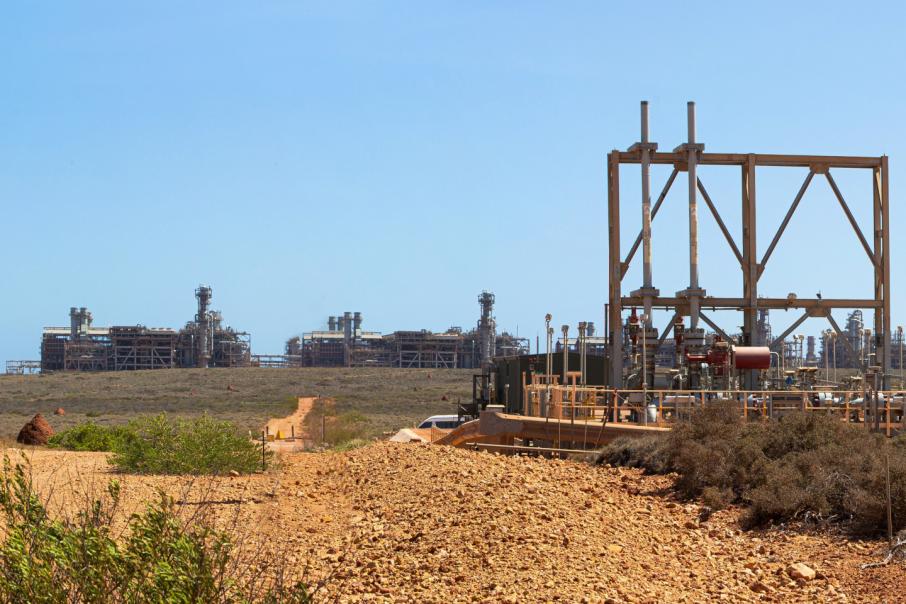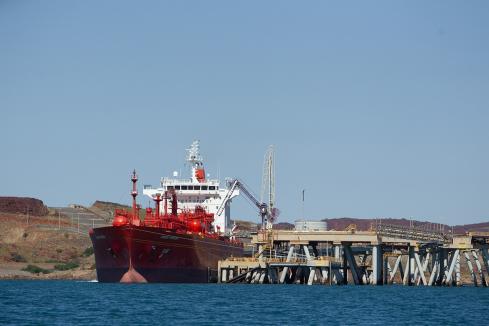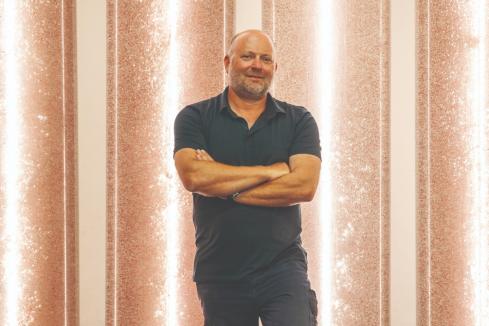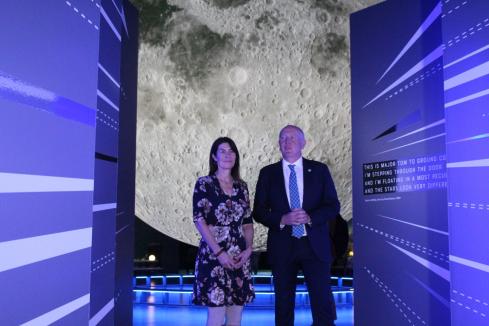A decision on Chevron’s Jansz-Io compression project is expected this year, while the company’s Australian emissions fell 22 per cent thanks to carbon capture.


A decision on Chevron’s Jansz-Io compression project is expected this year, while the company’s Australian emissions fell 22 per cent thanks to carbon capture.
Speaking at the AOG Conference this morning, Chevron Australia director of operations Kory Judd said a final investment decision on Jansz-Io is anticipated later this year.
Jansz-Io will involve installing two subsea compression stations offshore to help unlock low pressure reservoirs, with the gas to flow back to the three-train Gorgon LNG plant on Barrow Island.
That helps keep the LNG trains operating at capacity as existing fields start to slow in output.
The project will involve an investment of at least $500 million.
For the $5 billion Gorgon Stage 2 project, work is continuing, with Mr Judd saying pipeline installation was on schedule.
Gorgon Stage 2 is an offshore project which will also supply gas to the existing LNG trains.
Carbon capture
Chevron’s carbon emissions fell 22 per cent in the year to June 2020, the company said.
Mr Judd said this had been driven by the start of carbon capture and storage at Barrow Island.
Clean Energy Regulator data shows Chevron emitted 10.2 million tonnes of carbon in the 2020 financial year, which made it the eighth highest emitter in the country measured by scope one emissions.
At least two government-owned businesses, Queensland generators CS Energy and Stanwell Corporation, ranked higher.
Carbon capture at Gorgon commenced in August 2019, and has since sequestered about 4 million tonnes of carbon emissions.
Mr Judd said operation of the Gorgon system was critical to develop the technology, and to improve its economics long term.
A spokesperson for Chevron said demonstrating the effectiveness of the technology was vital for advancing Australia’s pursuit of a low-carbon future.
“[The reduction] is a 22 per cent reduction in emissions from Chevron Australia-operated facilities and a 30 per cent reduction in Gorgon’s emissions,” he said.
“It is equivalent to taking almost 1 million passenger vehicles off Australia’s roads for a year.
“This significant reduction is largely attributable to the operation of the Gorgon emissions reduction system, which has injected more than 4 million tonnes of greenhouse gas emissions into the Dupuy formation below Barrow Island since safely starting up in August 2019.
“Chevron continues to explore emissions reduction opportunities while maintaining supplies of reliable, affordable energy to our customers in Western Australia and the Asia Pacific region.”
The carbon capture plant at Gorgon had been much slower to start than anticipated.
That has led the Conservation Council of WA to criticise the company.
In January, the environmental lobby group called on state Environment Minister Stephen Dawson to place enforceable limits on Gorgon’s emissions, or require Chevron to provide real-time reports on the carbon pollution injection system operations.
Information from the state government suggests the CCS system was intended to inject between 3.3mtpa and 4mtpa of carbon underground annually.

















